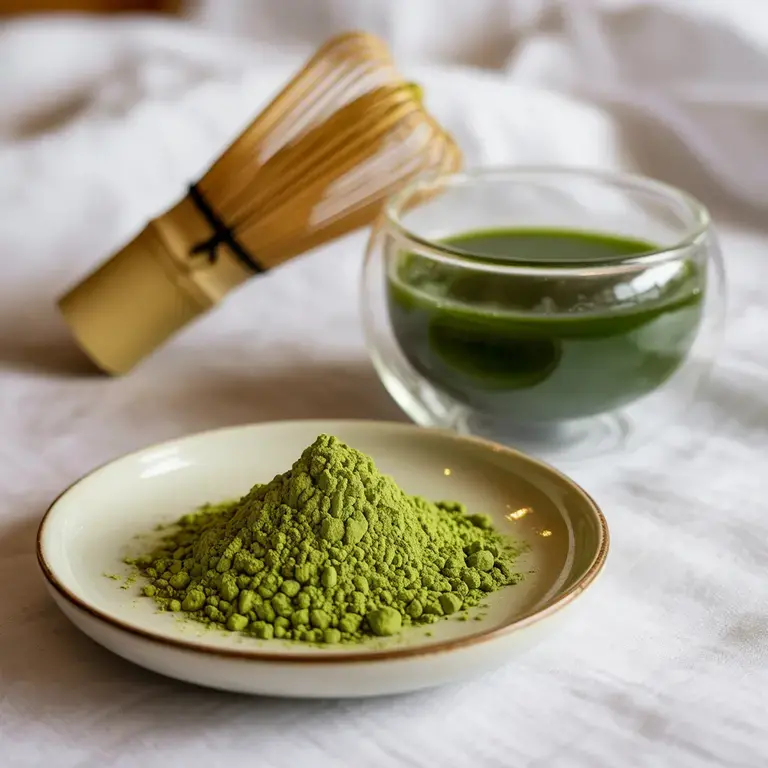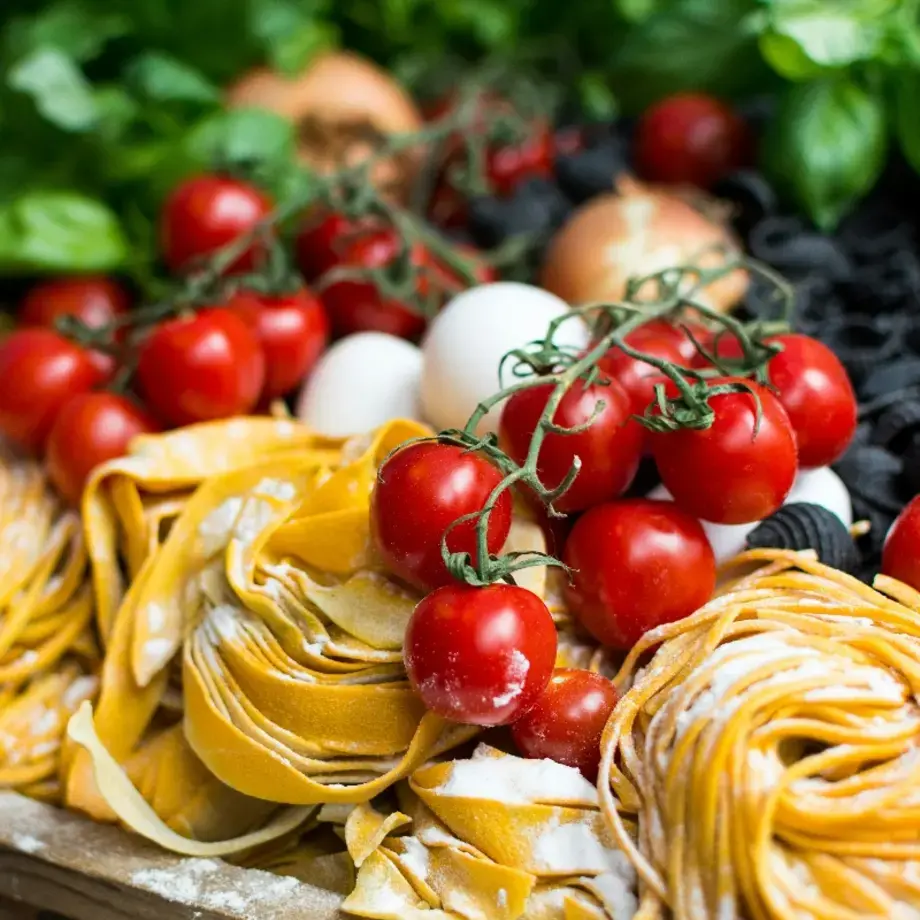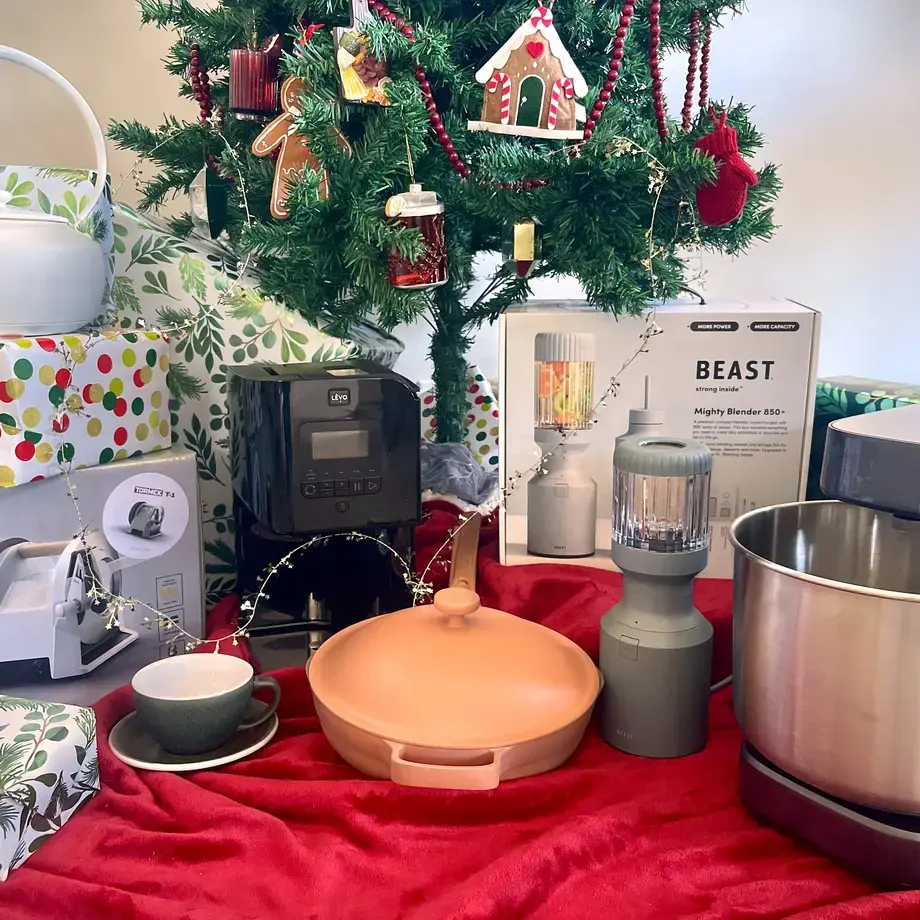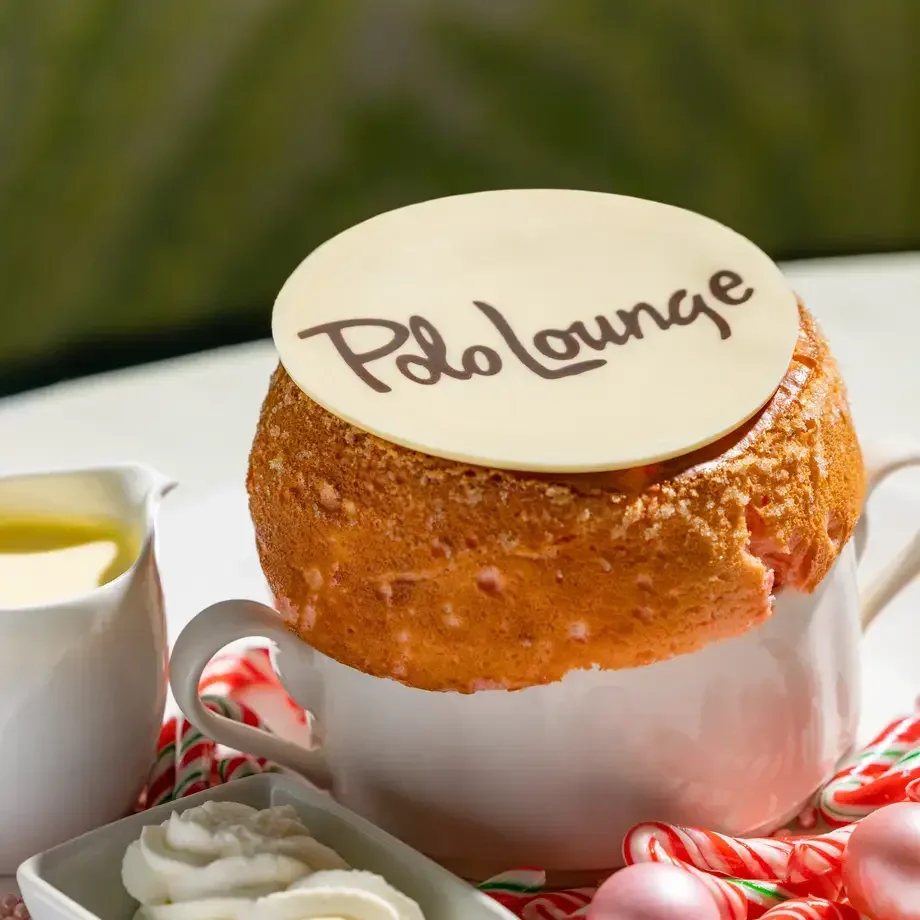From its meditative preparation in tea ceremonies to its bold presence in lattes, pastries, and savory sauces, matcha continues to captivate chefs and tea lovers alike. This guide explores what matcha is, how it’s made, how it tastes, and why its flavor and nutritional profile have made it an essential ingredient in both classic and innovative recipes.
What Is Matcha and Where Does It Come From?
Matcha is a type of finely ground green tea powder made from specially grown and processed Camellia sinensis leaves. Unlike traditional loose-leaf tea, which is steeped and discarded, matcha is whisked into water or milk and consumed whole, offering a more concentrated flavor and higher nutritional value.
Originating in China during the Tang Dynasty, matcha was brought to Japan by Zen Buddhist monks in the 12th century. It became a central part of the Japanese tea ceremony (chanoyu), where its preparation and presentation were elevated to an art form.
Today, matcha is still cultivated with care, especially in regions like Uji in Kyoto, where optimal climate and soil conditions contribute to its vibrant color and flavor. High-grade matcha is produced using shade-grown leaves, which increase chlorophyll and amino acids like L-theanine, resulting in a sweeter, less bitter profile.
To explore how matcha fits into the wider tea landscape, see our guide on different kinds of tea and their characteristics.
What Is Matcha Made Of?
Matcha is made from tencha—young tea leaves that are grown in the shade for about 20–30 days before harvest. Shading boosts chlorophyll production and reduces tannins, yielding a smoother, greener, and more flavorful tea.
After harvesting, the leaves are steamed to stop oxidation, then dried and deveined. The resulting tencha is stone-ground into an ultra-fine powder. This powder is what we recognize as matcha.
Quality varies greatly, and matcha is typically classified as:
- Ceremonial grade: bright green, smooth, and sweet—ideal for traditional tea preparation.
- Culinary grade: slightly more bitter, with a stronger taste—better suited for cooking and baking.
The best matcha is vibrant in color, finely textured, and never gritty or dull. It should smell fresh, grassy, and faintly sweet.
What Does Matcha Taste Like?
Matcha has a complex flavor that balances grassy freshness with deep umami richness. The taste is influenced by its amino acid content—especially L-theanine—which adds a sweet, savory quality and a creamy finish.
When prepared traditionally with water, matcha is earthy, vegetal, and slightly astringent, with notes of spinach, seaweed, or even white chocolate. In cooking, it contributes not only flavor but a striking green hue and a silky mouthfeel.
Matcha’s bitterness, when present, should be subtle and clean. Overly bitter or muddy flavors often indicate low quality or poor storage. When well-prepared, matcha offers a meditative, almost brothy experience that lingers on the palate.
How to Make Matcha
Preparing matcha is an art that balances precision and ritual. Here’s a basic approach to making a traditional cup.
- Sift 1–2 grams (about 1 tsp) of matcha into a matcha bowl (chawan) to remove clumps.
- Add 60–70 ml of hot water (approximately 75–80°C / 170–175°F).
- Whisk vigorously with a bamboo whisk (chasen) in a zigzag or “M” motion until frothy.
This method creates usucha (thin tea). For a more intense preparation—koicha—use double the powder with less water and whisk slowly to form a smooth paste.
Modern interpretations also abound, especially as matcha continues to evolve beyond the traditional tea ceremony and into everyday wellness routines and creative culinary ventures. In cafes, it’s often served in multiple formats—hot, iced, sweetened, or unsweetened—while chefs and baristas experiment with new textures and infusions. Culinary-grade matcha offers an especially bold flavor ideal for blending into richer bases. Whether used for visual appeal, energy boost, or its earthy complexity, modern matcha adaptations offer endless inspiration across meals and moments.
- Matcha latte: whisk matcha into hot water, then add steamed milk and a sweetener.
- Iced matcha: shake matcha, cold water, and ice together for a refreshing summer drink.
- Smoothie booster: blend matcha into green smoothies for an antioxidant kick.
For a step-by-step overview of preparing green tea at home, check out our guide on how to make green tea.
Culinary Uses: Matcha in Pastry, Ice Cream, and Sauces
Beyond the tea bowl, matcha brings color, aroma, and flavor to a variety of culinary applications. Chefs prize it for its versatility in both sweet and savory dishes.
In Pastry and Desserts
- Matcha tiramisu: layered with mascarpone and green tea-soaked sponge.
- Matcha mochi or chiffon cake: delicate, fragrant, and subtly bitter.
- Matcha cookies and shortbread: earthy, buttery, and striking in color.
- Matcha ice cream: creamy with a hint of umami, especially good with red bean or sesame toppings.
In Savory Cuisine
- Matcha noodles or pasta dough: green color and herbal notes enhance light sauces.
- Matcha beurre blanc: elegant pairing with white fish or scallops.
- Green matcha chicken curry with lime: vibrant and aromatic—try our full matcha curry recipe here.
- Dusting for tempura or sushi: adds visual intrigue and subtle complexity.
In both kitchens and patisseries, a touch of matcha offers chefs a palette of flavor and aesthetics to experiment with.
How to Store and Select Quality Matcha
Proper storage is crucial to preserve matcha’s color, flavor, and nutrients. Follow these guidelines to keep your powder fresh.
- Buy in small quantities: matcha degrades with exposure to air, light, and moisture.
- Store in an airtight, opaque container in the refrigerator.
- Use within 1–2 months of opening for peak freshness.
When shopping, look for:
- Color: vibrant jade green is a sign of quality.
- Aroma: fresh, grassy, and slightly sweet—not musty or dull.
- Texture: ultra-fine powder, not sandy or gritty.
Higher-quality matcha may cost more, but it offers superior taste and nutrition, making it worth the investment for both tea and culinary use.
Whether you're savoring a ceremonial bowl or baking a batch of green tea cookies, matcha brings elegance, flavor, and mindful tradition to every cup and plate.









